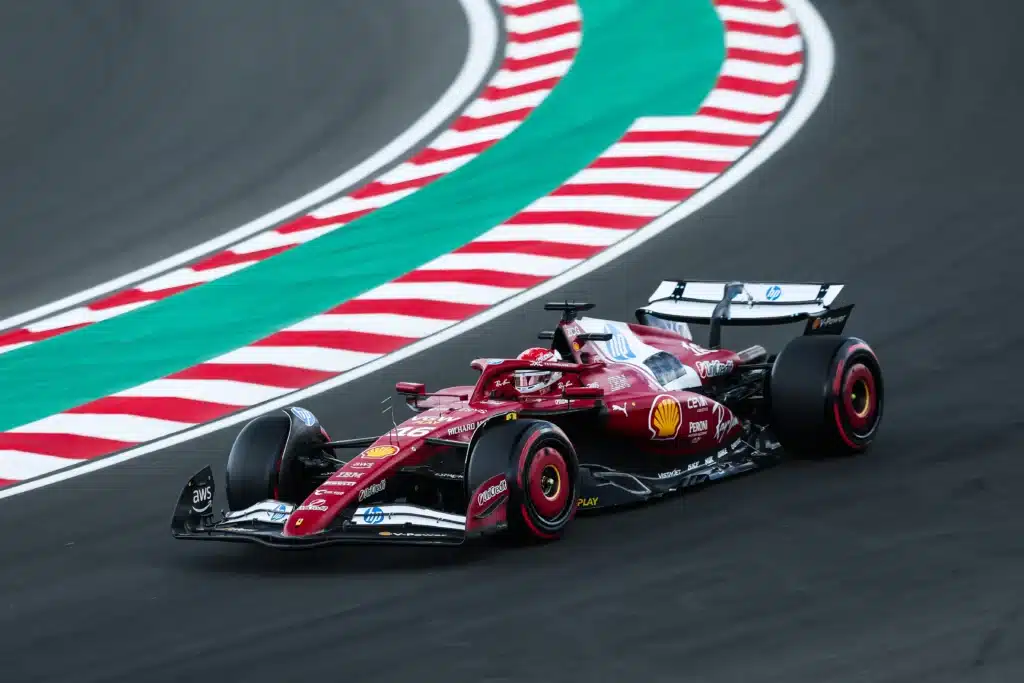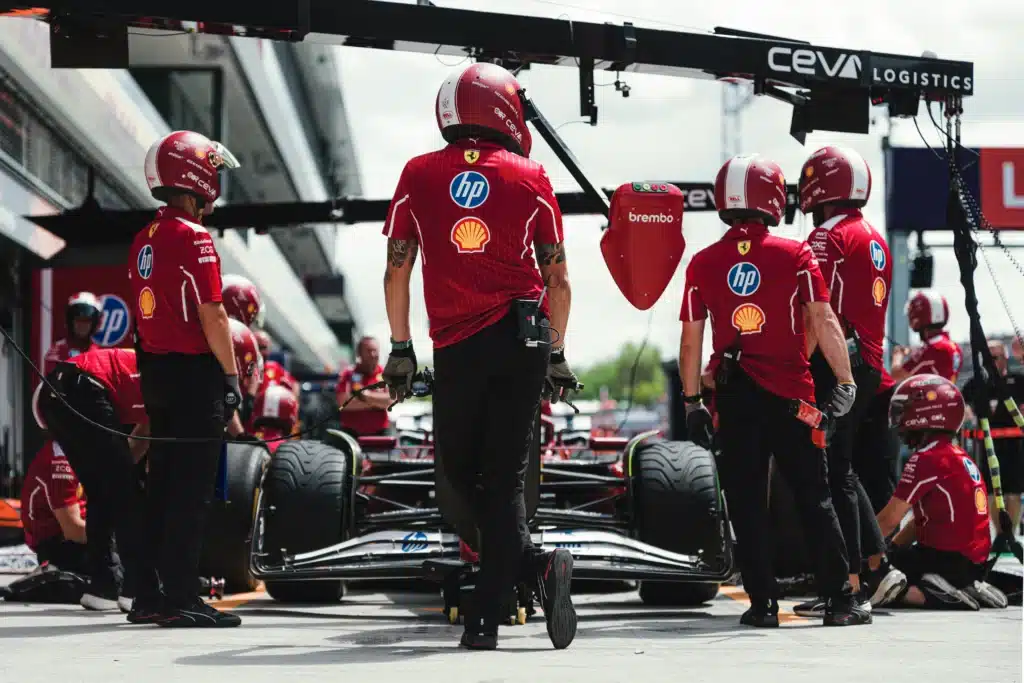The eye-watering cost of replacing an F1 engine is bad enough, but they don't last very long either
Published on Aug 09, 2025 at 2:02 PM (UTC+4)
by Callum Tokody
Last updated on Aug 06, 2025 at 8:54 PM (UTC+4)
Edited by
Emma Matthews
The F1 engine lifespan is brutally short, yet the engine cost to keep Formula 1 cars on the grid can reach over $60 million per season.
These power units produce more than 1,000hp but are only built to last for around 1,500 miles of competitive racing.
Each F1 engine comes with a price tag between $11 million and $16 million, making them one of the most expensive components in the sport.
In addition, Formula 1 cars are limited by strict engine allocation rules. Which means that teams are constantly managing a fine line between performance, durability, and budget.
VISIT SBX CARS – View live supercar auctions powered by Supercar Blondie
Why F1 engine lifespan is so limited
Formula 1 engines are designed for maximum performance, but not for longevity.
The current 1.6-liter hybrid engines found in Formula 1 cars last for approximately seven or eight race weekends.
This translates to an engine lifespan of about 1,500 miles, which does not include additional mileage from practice sessions and qualifying.
The FIA restricts teams to just four F1 engines per season.

Any team that exceeds this limit receives grid penalties, which can impact championship standings.
As a result, engine lifespan management has become a crucial part of race strategy.
The engine cost adds further pressure. An F1 engine costs between $11 million and $16 million to produce.
Over a single season, a team can spend up to $64 million on engines alone.
While larger teams with factory backing might handle these costs more easily, customer teams often operate under much tighter financial constraints.
Regardless of size, however, every team must navigate the high engine cost alongside the enforced component limits.
Precision is what makes engines so expensive
The engine cost in Formula 1 is driven by the extreme level of precision required during manufacturing.
Every F1 engine component is engineered to microscopic tolerances.
Even the smallest flaw can lead to a mechanical failure during a race.
Despite using materials like aluminum alloys and titanium, the complexity of producing a reliable F1 engine drives up the cost significantly.

After every race, teams disassemble and inspect their F1 engines for cracks, stress fractures, and other potential defects.
This maintenance is necessary to extend the limited engine lifespan and stay within the FIA’s strict four-engine-per-season allocation.
For the 2025 season, these rules also cap the number of turbochargers and control electronics, increasing the importance of careful component management.

Managing F1 engine lifespan and controlling engine cost has become a balancing act for every Formula 1 team.
The engines deliver immense power, but that comes with a short service life and a financial burden that only grows with each passing season.
With Formula 1 cars evolving and regulations tightening, the cost of staying competitive in this technical arms race shows no sign of easing.
DISCOVER SBX CARS: The global premium car auction platform powered by Supercar Blondie
Callum Tokody is a content writer at Supercar Blondie, where he covers the latest in the automotive world with a focus on design and performance. With a background in automotive journalism, he has contributed to a range of publications in Australia and the UK. In addition to his writing, Callum also heads up PR and communications, helping to build and strengthen partnerships within the industry. Outside of work, he’s a design enthusiast with a soft spot for anything with a V8 and a good story.




